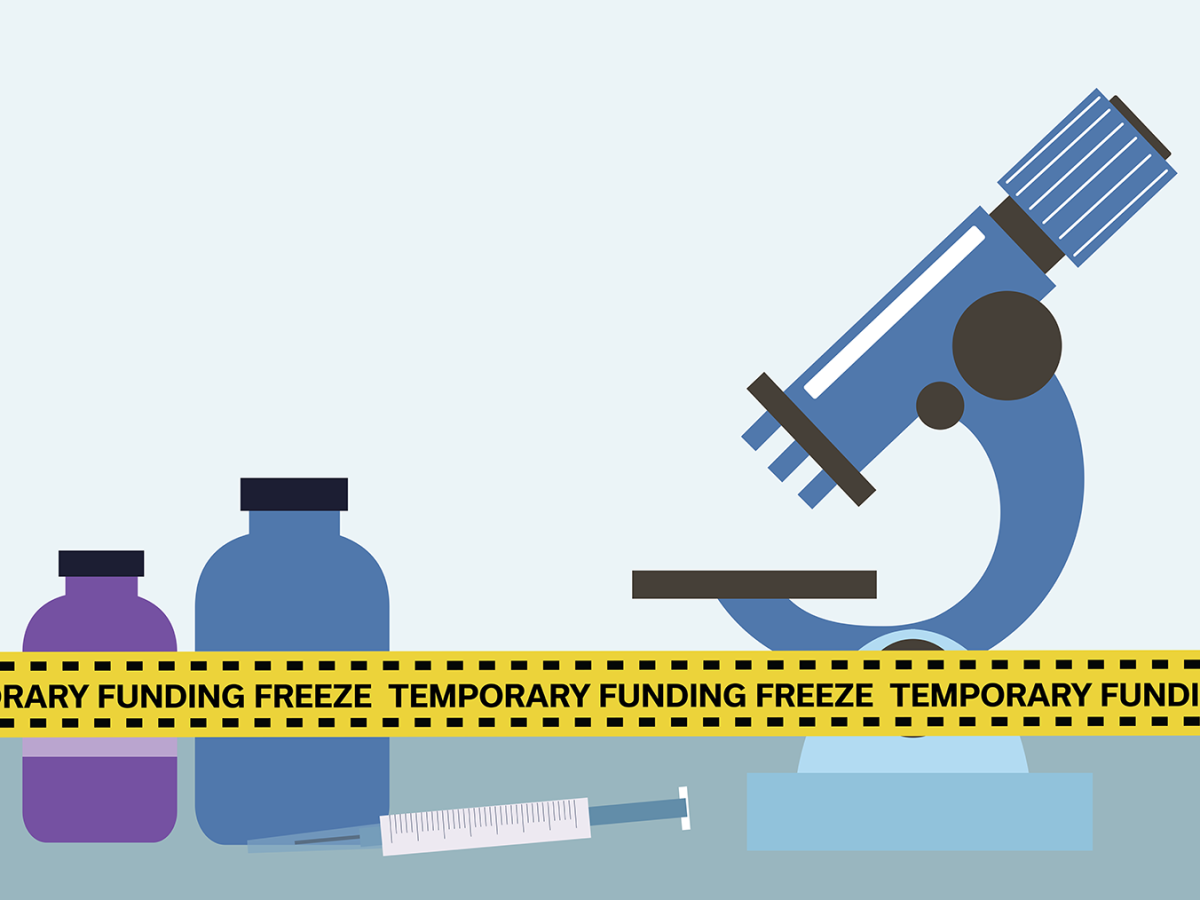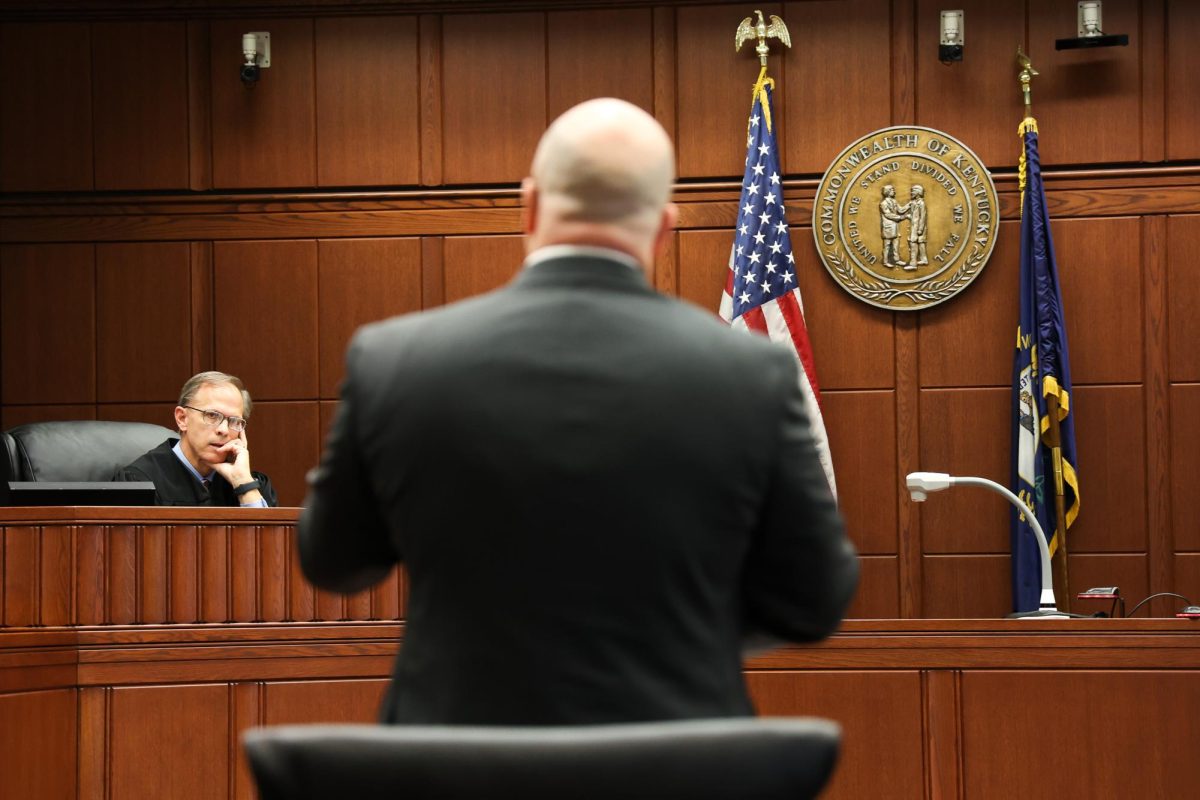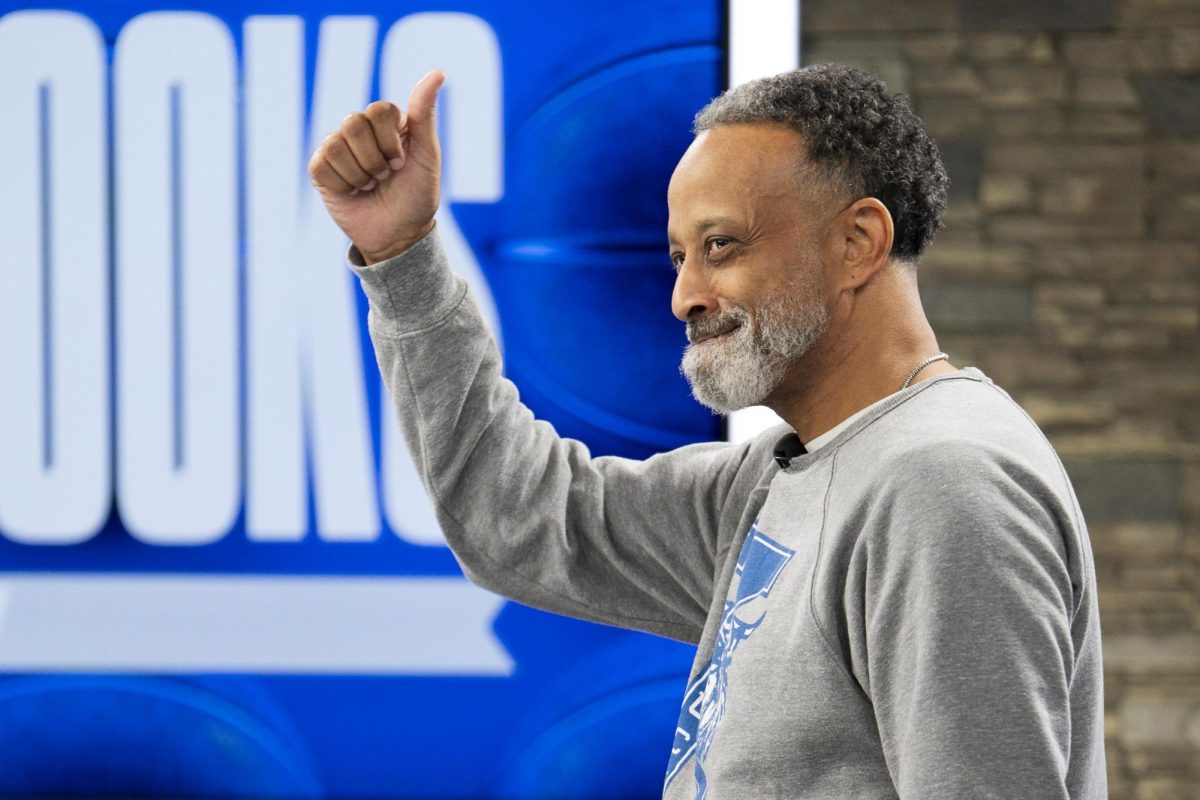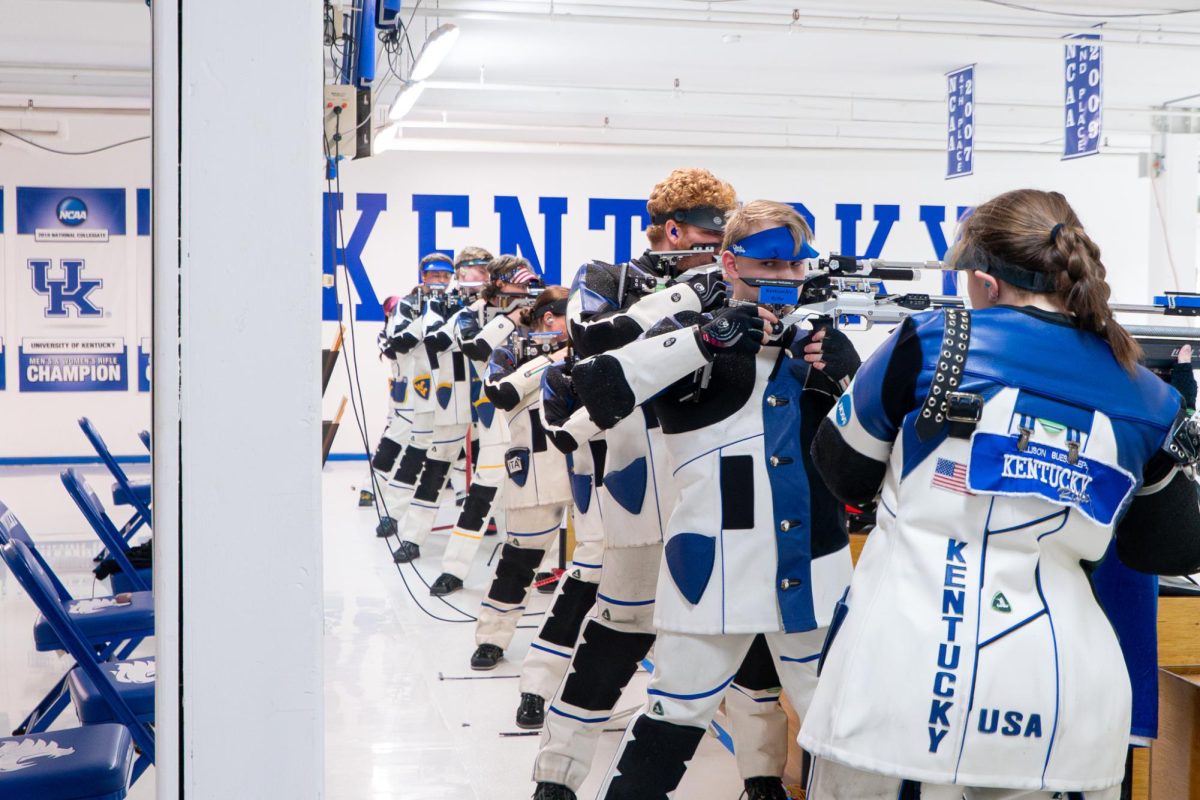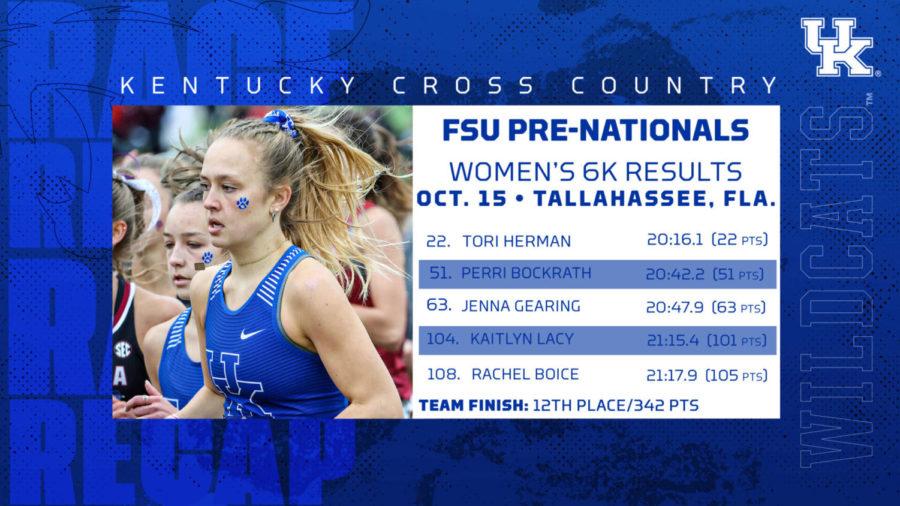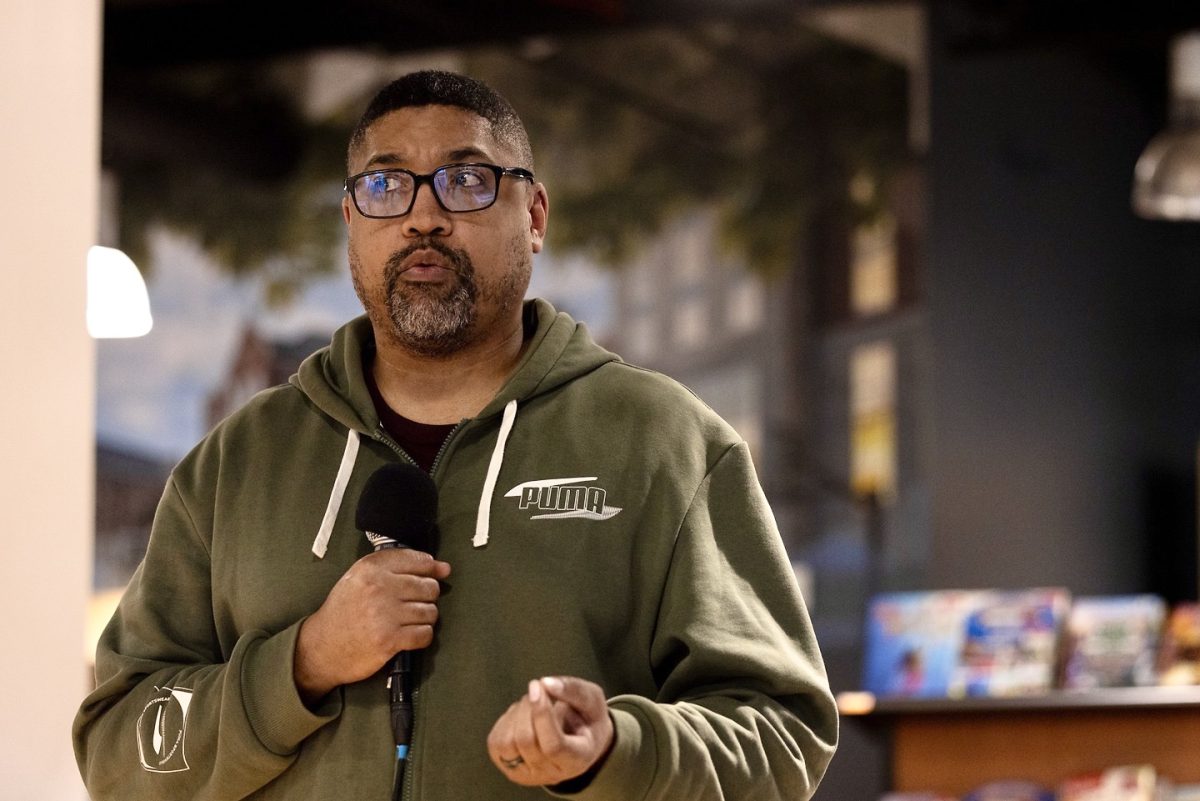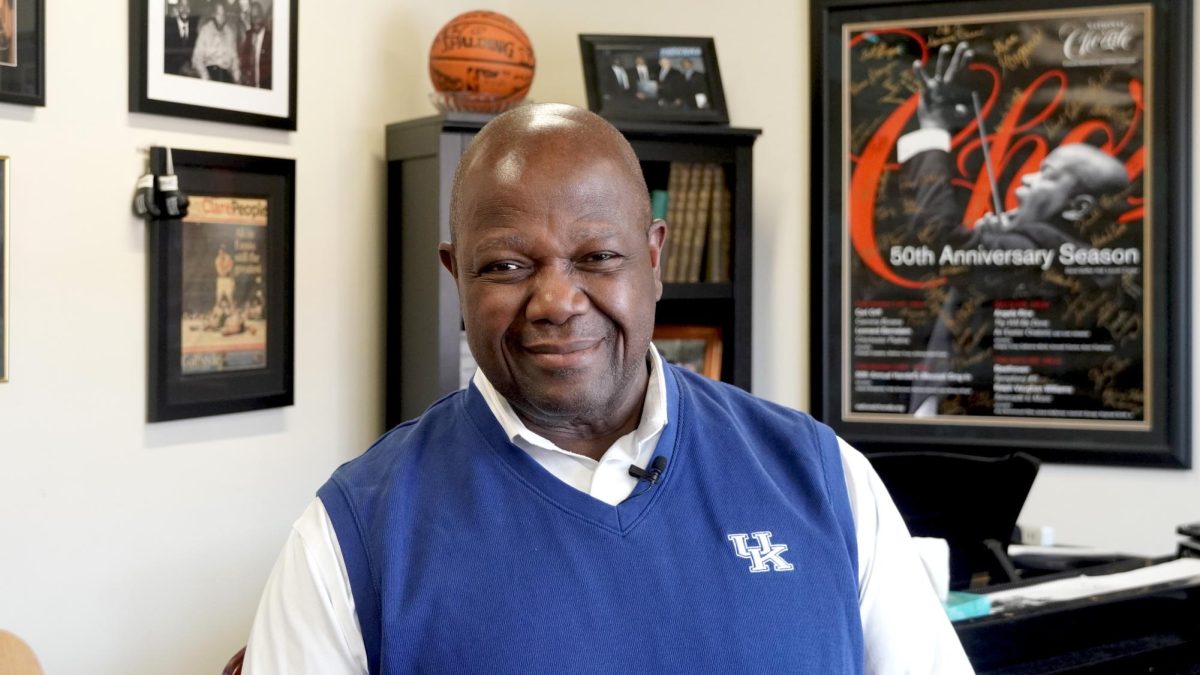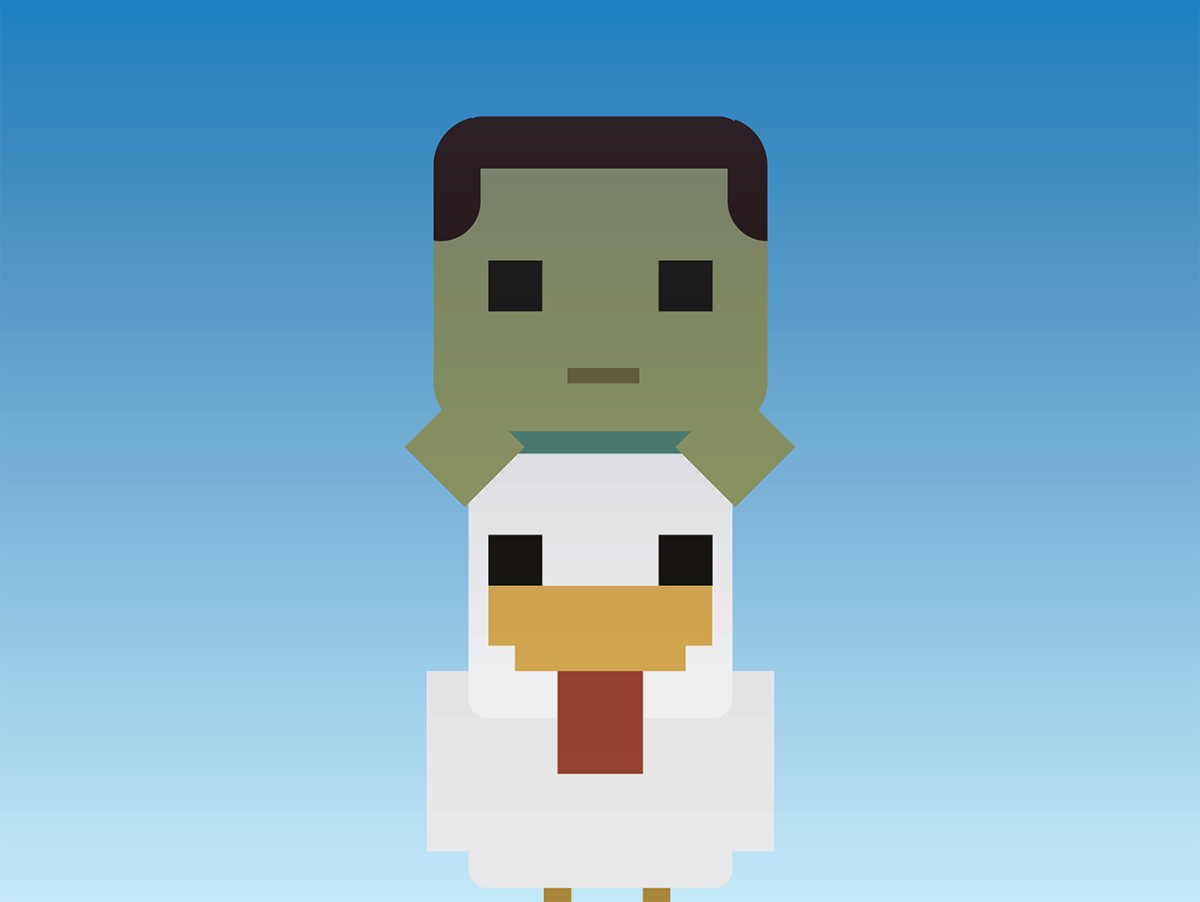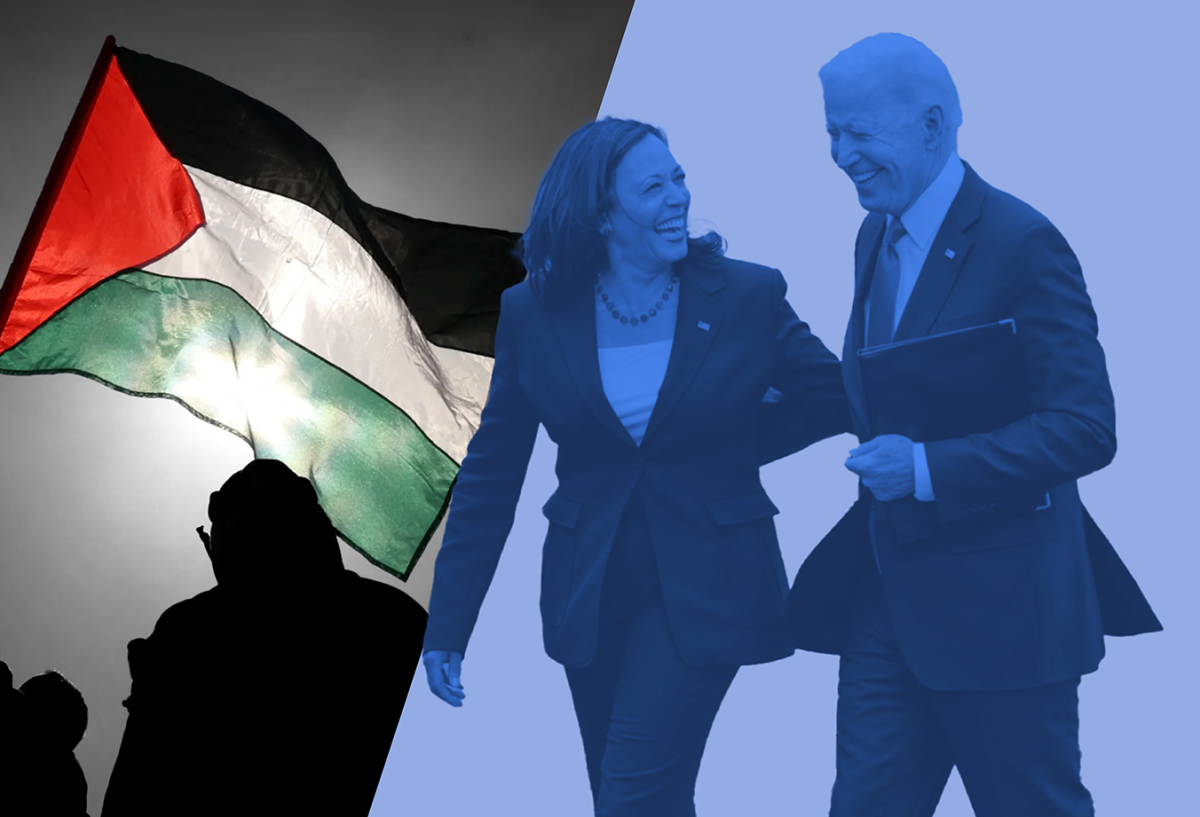Abortion is healthcare. Without access to abortion, people with uteruses will die or suffer serious medical complications.
Getting rid of abortion access will not stop abortions, it will only stop safe abortions. If someone is determined enough to get an abortion, they will find a way, safe or not.
According to Amnesty International, “When access to abortion is restricted or criminalized, pregnant people, particularly those from marginalized communities who cannot afford to travel or seek private care, can resort to unsafe, clandestine abortions.”
Even with wanted pregnancies, abortion care is still necessary.
According to the Center for Reproductive Rights, “Abortion is a treatment option for pregnancies with severe fetal diagnosis.”
Not every person who gets an abortion gets one because they do not want a child. It can be because the pregnancy is a risk to themselves or because the fetus has unsurvivable health problems.
“It is estimated that one in four pregnancies will end in an abortion every year,” stated Amnesty International.
There are many reasons a person may need an abortion. According to The American College of Obstetrics and Gynecologists “Pregnancy complications, including placental abruption, bleeding from placenta previa, preeclampsia or eclampsia, and cardiac or renal conditions, may be so severe that abortion is the only measure to preserve a woman’s health or save her life.”
There are no laws on men’s bodies, yet, there are on people who have uteruses. It’s a way to control their bodies.
Pregnancy can be detrimental to people’s bodies, both physically and mentally. It can cause depression, anxiety and more. However, not many OB-GYNs perform abortion care.
“Only 14-25% of ob-gyns perform abortions,” stated the National Library of Medicine.
It is already difficult enough for a person to receive an abortion. We should not make it harder by getting rid of abortion access in most states. According to the Commonwealth Fund, “These consequences may include denial of emergency care in life-threatening situations, increased rates of preterm births, and infant and maternal mortality.”
The Center for Reproductive Rights shows in a map how abortion is illegal in 13 states, hostile in 12 states and not protected in four states. This makes only 21 states that people can receive abortion care in.
According to Amnesty International, “Getting an abortion, or helping someone have an abortion is criminalized.” The person who needs an abortion and anyone who helps them can go to jail for it.
One state that abortion is illegal after 6 weeks is Georgia. Brookings.edu states, “the LIFE Act raises the possibility that a woman who obtains or self-manages an abortion after six weeks could be charged with murder.“
Limited access to abortion care heavily impacts marginalized groups of people. “Restrictive laws and policies on abortion worsen health equities by creating barriers to safe abortion care that disproportionately impact marginalized and underrepresented people,” stated Doctors Without Borders.
Abortion is not only a medical procedure in the U.S. It happens everywhere in the world.
According to Doctors Without Borders, “73 million induced abortions occur around the world each year.” Lots of people associate abortion with the U.S. but this is just not true. It is essential healthcare all over the world.
It should not matter how much money you make or what you look like. If you need or want an abortion, you should be able to receive one.
According to the Center for Reproductive Rights, “In 1973, the U.S. Supreme Court’s ruling in Roe v. Wade recognized that the decision whether to continue or end a pregnancy belongs to the individual, not the government.” However, in 2022, Roe v. Wade was overturned by the Supreme Court.
Abortion should only be a decision that the person with the uterus and their doctor should make. The government should not have a say in this decision because they are not doctors.














